A prime candidate is hydrogen produced from organic waste or 'biomass' from plants and animals. There are currently two main methods of converting biomass into energy: gasification and pyrolysis. Gasification puts solid or liquid biomass at temperatures around 1000 C, converting it into gas and solid compounds; the gas is called "syngas" while the solid is "biochar", according to Bio Fuel Daily.
Syngas is a mixture of hydrogen, methane, carbon monoxide and other hydrocarbons, and it is these that are used as "biofuel" to generate energy. Biochar, on the other hand, is often considered a solid carbon waste, although it can be used in agricultural applications.
Biomass pyrolysis is similar to gasification, except that the biomass is heated at lower temperatures, between 400-800 C and pressures of up to 5 bar in an inert atmosphere. There are three types of pyrolysis: conventional pyrolysis, fast pyrolysis and flash pyrolysis. Of all three, the first two take the longest time and have the highest carbonisation yield.
Now, scientists at EPFL's School of Basic Sciences, led by Professor Hubert Girault, have developed a new method of biomass photopyrolysis that produces not only valuable syngas, but also a solid carbon biochar that can be reused in other applications.
The method performs pyrolysis using a Xenon lamp, commonly used to cure metal inks for printed electronics. Girault's group has also used the system in recent years for other purposes, such as synthesising nanoparticles.
The lamp's white light provides a high-power energy source as well as short pulses that promote photothermal chemical reactions. The idea is to generate a powerful burst of flash light, which the biomass absorbs and instantly triggers a photothermal conversion of the biomass into syngas and biochar.
This flashing technique has been used on different biomass sources: banana peels, corn cobs, orange peels, coffee beans and coconut husks, all of which are initially dried at 105 C for 24 hours, then ground and sieved to a fine powder. The powder was then placed in a stainless steel reactor with a standard glass window at ambient pressure and under an inert atmosphere. The xenon lamp flashes, and the whole conversion process is completed within milliseconds.
"Each kg of dried biomass can generate about 100 litres of hydrogen and 330g of biochar, which is up to 33wt.% of the original mass of dried banana peel," says Bhawna Nagar, who worked on the study. The method also had a calculated positive energy result of 4.09 MJ per kg of dried biomass.
What stands out in this method is that both end products, hydrogen and biochar with solid carbon, are valuable. The hydrogen can be used as a green fuel, while the carbon biochar can either be buried and used as fertiliser or used to make conductive electrodes.
 Florin Cașotă
Florin Cașotă


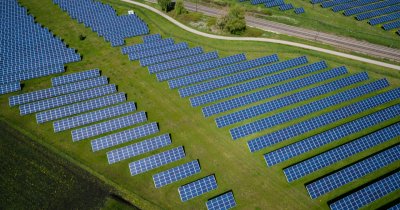

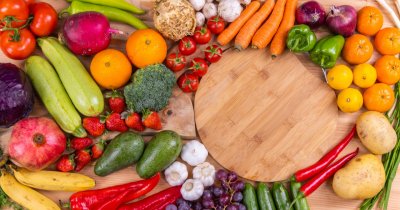
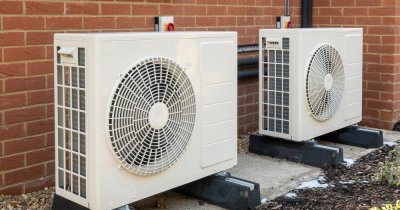
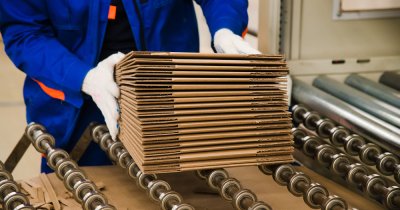



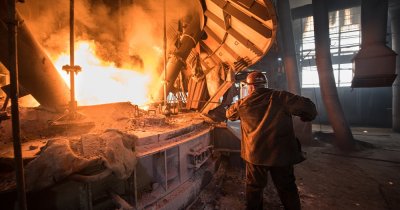
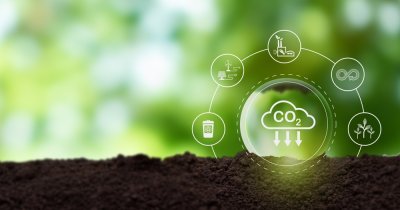
Any thoughts?